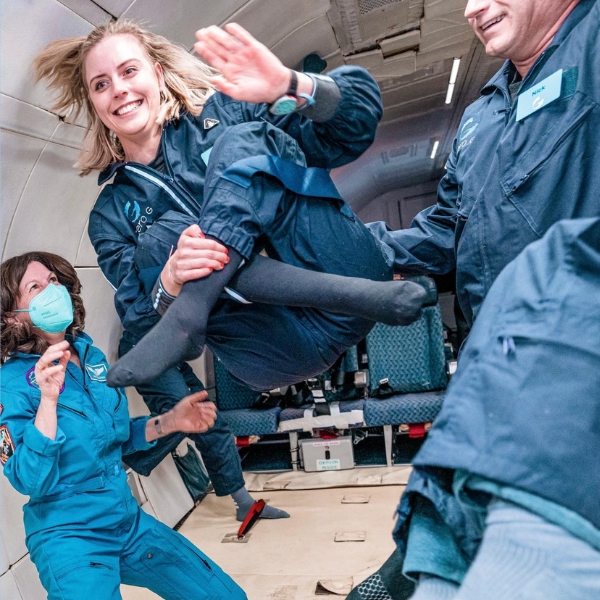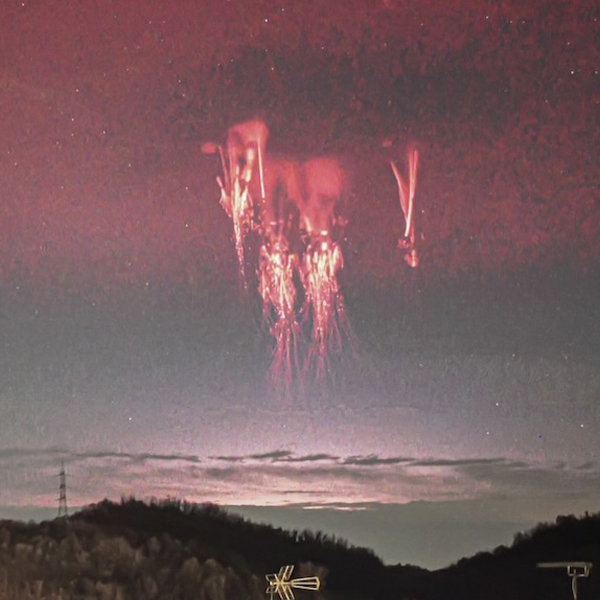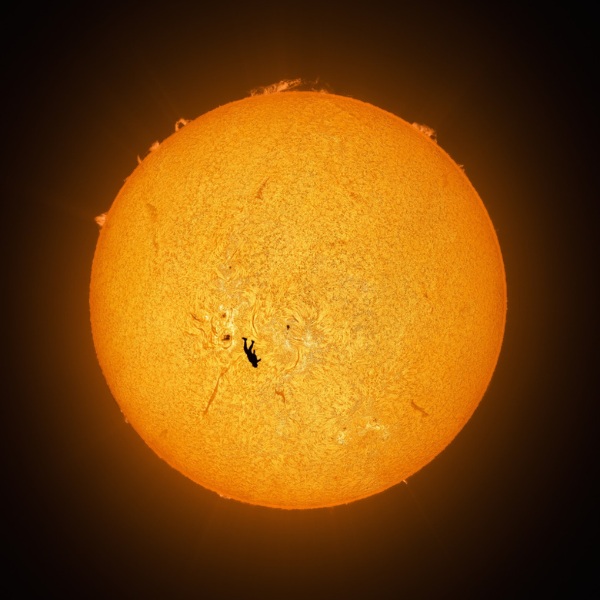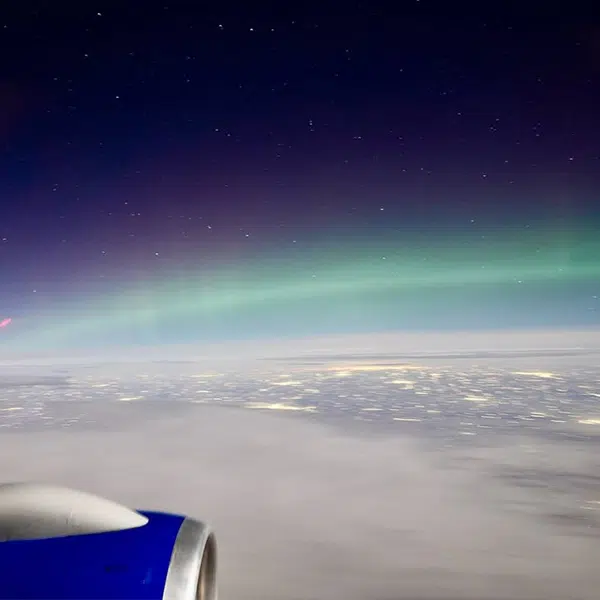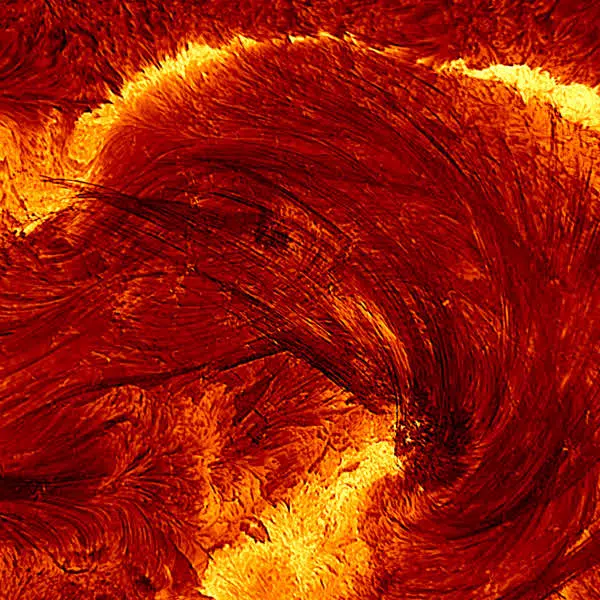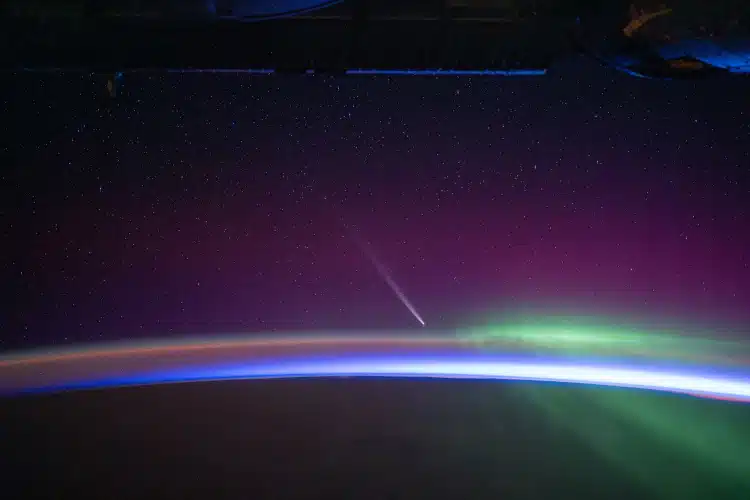
Comet A3 rises up over the horizon just before orbital sunrise with aurora streaking by. 50mm, 1.2, 1/4s, ISO 6400. | Matthew Dominick/NASA
Astronauts Matthew Dominick and Don Pettit are well known for their photography skills, capturing sweeping vistas from the International Space Station (ISS). Over the last few days, the astronauts have been following Comet A3 (Tsuchinshan–Atlas), discovered by astronomers early last year and thought to orbit the Sun about every 80,000 years.
The comet made its closest approach to the Sun at the end of September. Now, it is expected to pass by Earth around October 13. This has allowed Dominick and Pettit to photograph the celestial body; however, the nature of the comet has presented a unique set of challenges. Luckily, it was nothing the experienced astronauts couldn't overcome.
Since the comet wasn’t yet visible to the human eye, Dominick and Pettit relied on math and orbital geometry to figure out where to point their cameras. On September 29, Dominick shared some breathtaking footage of the comet rising above the horizon just before orbital sunrise amongst aurora and swirling satellites.
“It is totally awesome to see a comet from orbit,” Pettit wrote on Instagram. “The perspective of rising through the atmosphere on edge is truly unique from our vantage point. The comet tail is still too dim to see with your eyes, but it is heading towards the Sun and growing brighter every day.”
These images were made possible by an amateur astronomer, who told Dominick the comet would be roughly 20 degrees ahead of the Sun from the ISS’ perspective. The pair then used the software on the ISS that determine when orbital sunrise will occur.
“With the naked eye, the comet is still just a dot and pretty much indiscernible from stars,” the astronaut wrote on X, formerly Twitter. “So about seven minutes prior to sunrise we started scanning the horizon back and forth with a 200mm lens looking through the viewfinder for the comet. You can imagine how we felt when it appeared. Math works!”
The comet will now continue moving toward the Sun before disappearing and reappearing again in the skies of the Northern Hemisphere on October 12, when it will make its closest pass to Earth at about 44 million miles. Then it’ll be the astrophotographers on Earth who get their chance to shoot some breathtaking images of this once-in-a-lifetime comet.
Astronauts Matthew Dominick and Don Pettit have been following Comet A3 (Tsuchinshan–Atlas).

Comet A3 from the ISS. Shot with Nikon Z9, 85mm f1.4, 1/5th sec, ISO 12800, processed with Photoshop. | Don Pettit/NASA
Discovered by astronomers early last year, it is thought to orbit the sSun about every 80,000 years.
So far Comet Tsuchinshan-ATLAS looks like a fuzzy star to the naked eye looking out the cupola windows. But with a 200mm, f2 lens at 1/8s exposure you can really start to see it. This comet is going to make for some really cool images as it gets closer to the sun. For now a… pic.twitter.com/JstaSLJ4Ui
— Matthew Dominick (@dominickmatthew) September 19, 2024
The comet will now continue moving toward the Sun before disappearing and reappearing again in the Northern Hemisphere on October 12.
Comet rises above the horizon just before orbital sunrise amongst aurora and swirling satellites.
Timelapse composed from 1/4s, 50mm, f1.2, ISP 6400 images played at 30fps. pic.twitter.com/mdb8KpzlAo
— Matthew Dominick (@dominickmatthew) September 29, 2024
h/t: [PetaPixel]
Related Articles:
NASA Releases Stunning New Photographs to Celebrate Chandra Space Telescope’s 25th Anniversary
Jupiter’s Most Stunning Images Captured by NASA’s JunoCam in Sharp Detail
Explore the Surface of Mars in 4K Resolution With Footage Captured by NASA’s Rovers
Watch Neil Armstrong Describe What Outer Space Looked like From the Moon in This Vintage Interview











































































